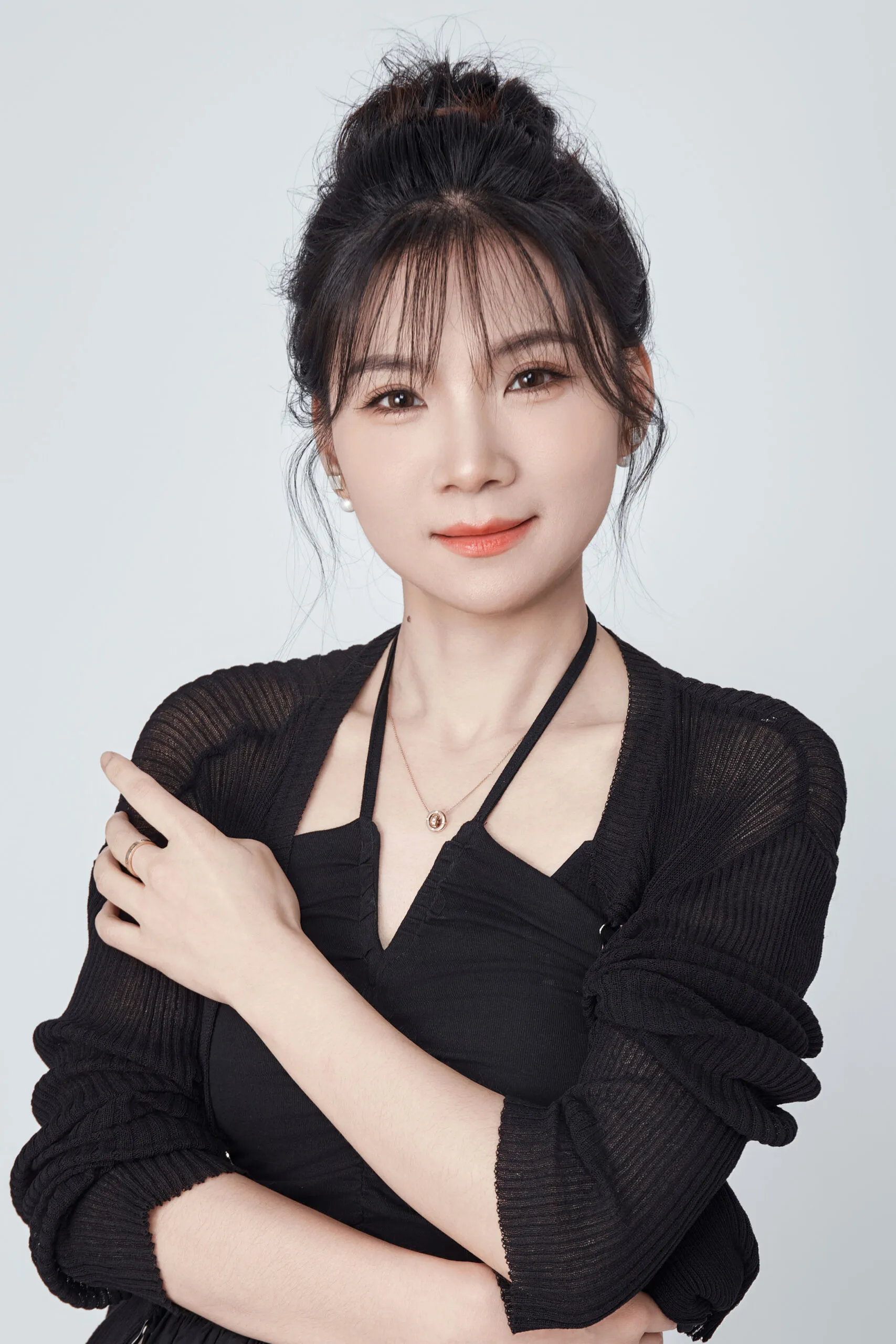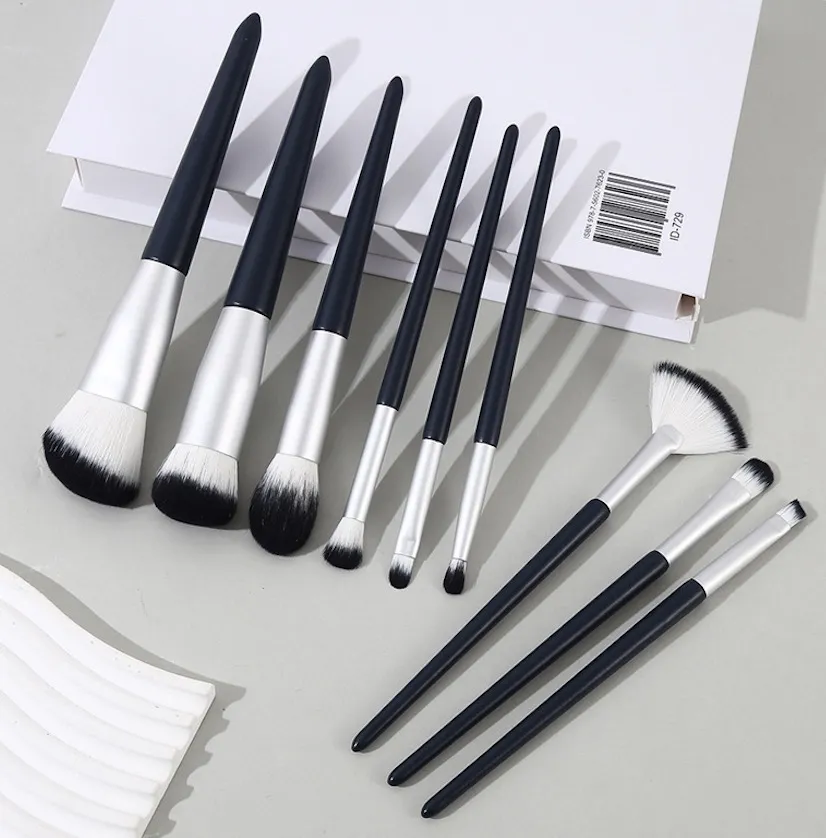Sourcing "eco-friendly" brushes feels impossible when suppliers offer vague promises. You need verifiable facts, not marketing fluff. Here’s how to get them and build a brand your customers trust.
Non‑toxic makeup brushes use vegan synthetic bristles1, low‑VOC coatings, recycled aluminum ferrules, and renewable handles like bamboo or PLA. For B2B sourcing, demand proof: ISO certificates, cruelty‑free attestations, AZO‑dye and metal migration tests, and recycled content reports to verify all safety and sustainability claims.
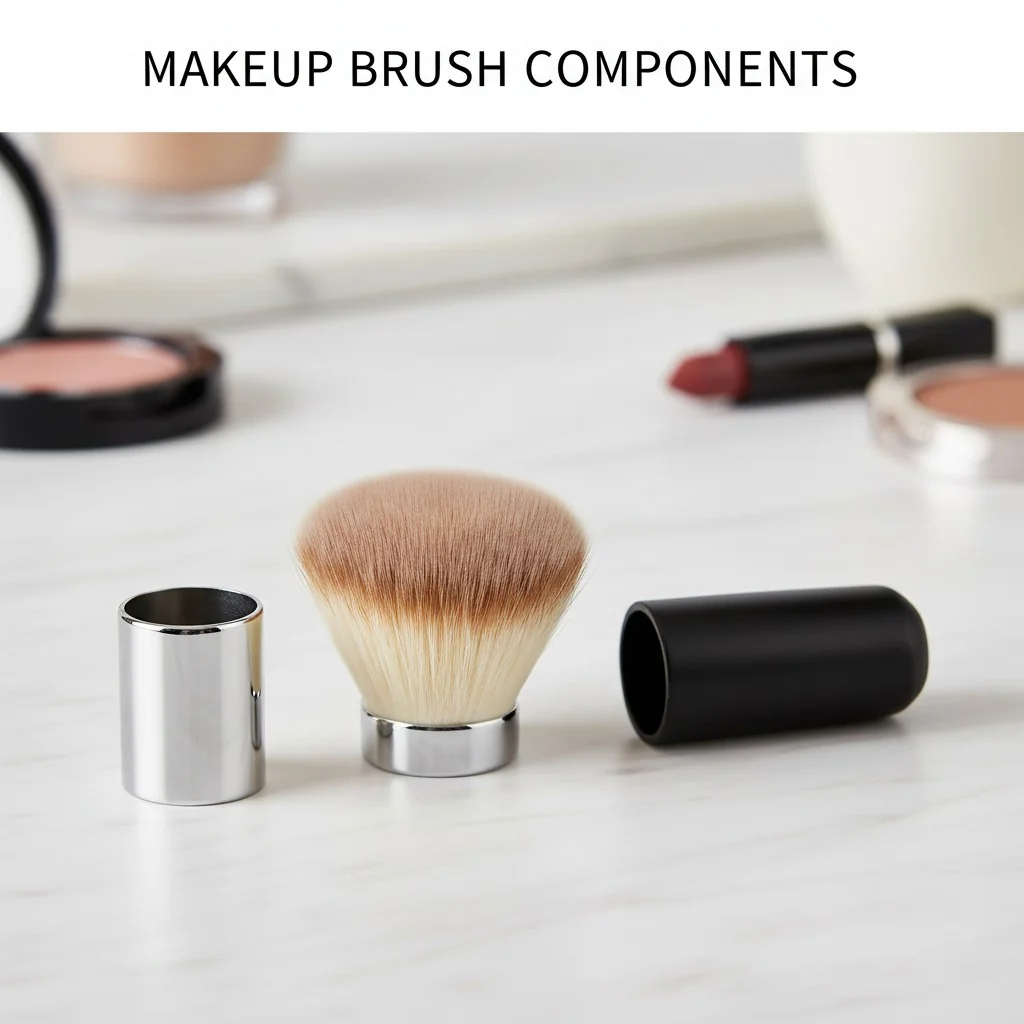
When I first started working on the factory floor, the focus was purely on function and cost. Today, as a brand founder, you know that’s not enough. Your customers are smart. They read labels and ask tough questions about what they put on their skin. They want to know if your products are safe, cruelty-free, and truly sustainable. Vague claims like "eco-friendly" or "natural" can actually damage your credibility if you can’t back them up. That’s why we need to move beyond marketing terms and look at the specific materials and documentation. This guide will give you a component-level checklist to help you source with confidence and build a product that is as responsible as it is beautiful.
The global makeup brush market is projected to reach USD 12.9 billion by 2034.Vrai
Market research from sources like Dataintelo confirms a compound annual growth rate (CAGR) of around 6.3%, driven by consumer demand for sustainable and cruelty-free accessories.
All 'eco-friendly' makeup brushes are fully biodegradable.Faux
While handles can be made from biodegradable materials, most high-performance vegan bristles are synthetic (plastic) and are not biodegradable. The 'eco' claim often refers to recycled, renewable, or cruelty-free aspects.
Non‑Toxic by Design: A Component‑Level Checklist for OEM Makeup Brushes?
Confused by vague "non-toxic" labels from suppliers? This ambiguity can hurt your brand’s credibility and even pose risks. Let’s break down what non-toxic truly means for each part of a brush.
A truly non-toxic brush is verified to be free from harmful chemicals like AZO dyes, formaldehyde, and heavy metals in its bristles, glue, handle, and ferrule. This requires specific test reports and documentation for each component, not just a simple declaration from the factory.
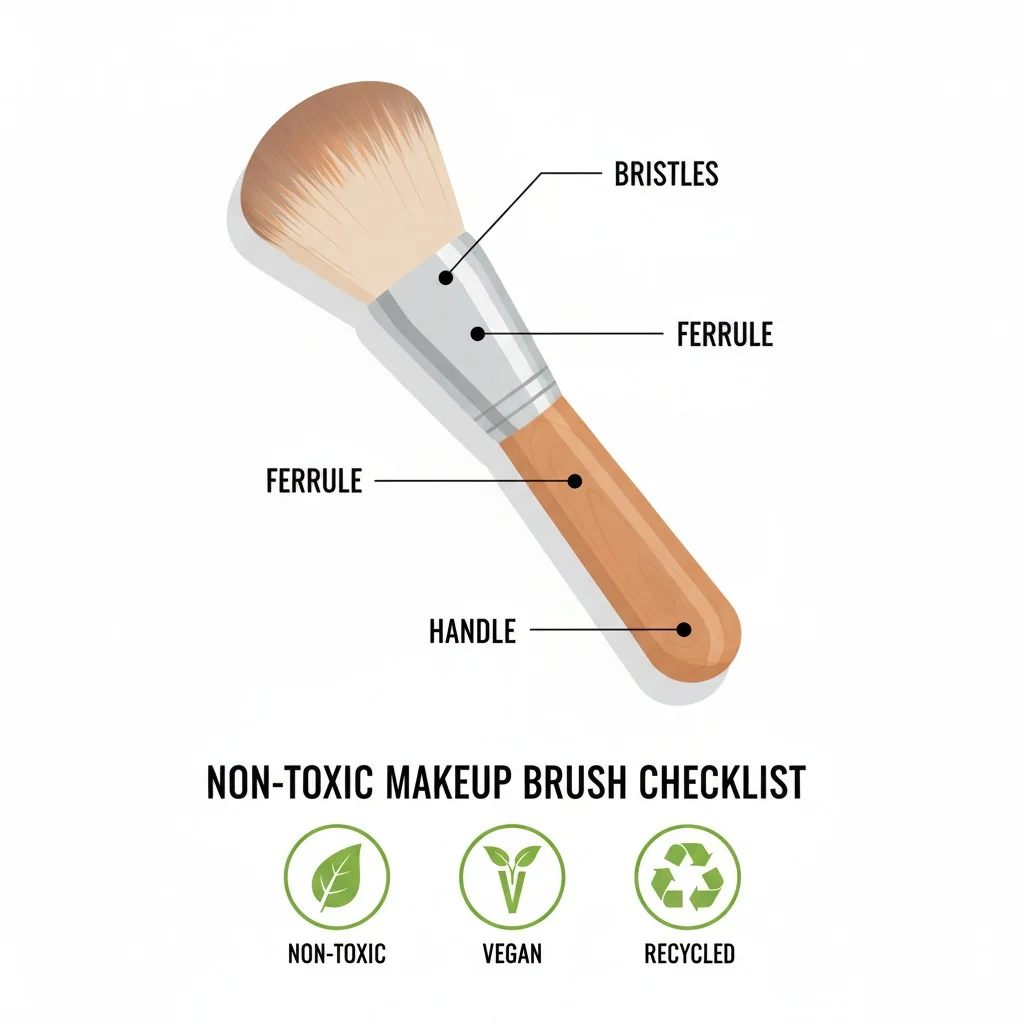
As a brand owner, you are the last line of defense for your customers. You can’t just take a supplier’s word for it. You need to build your product with intention, and that starts with understanding what "non-toxic" means at a chemical level. It’s not about being "organic"—it’s about the proven absence of harmful substances. For example, some dyes used in bristles can contain AZO-class chemicals, which are restricted in the EU. The glue holding the brush together can release formaldehyde. The shiny coating on a handle might contain high levels of volatile organic compounds (VOCs). This is why a component-level approach is critical. You must verify the safety of the bristles, ferrule, handle, adhesives, and even the ink used for your logo. This diligence protects your customers and solidifies your brand’s reputation for quality and transparency.
Defining "Non-Toxic" Across Components
| Component | Potential Hazard | What to Ask For |
|---|---|---|
| Bristles | AZO Dyes, Heavy Metals | AZO dye test report2, heavy metal analysis. |
| Adhesive | Formaldehyde, VOCs | Test report for VOCs and formaldehyde content. |
| Handle Coating | VOCs, Phthalates | Low-VOC or water-based coating specification, phthalate test. |
| Ferrule | Heavy Metal Migration (Lead, Cadmium) | Metal migration test report (e.g., EN71-3). |
| Packaging | Inks, Adhesives | Compliance docs for inks and glues, recycled content proof. |
Formaldehyde is a common component in adhesives used for makeup brushes.Vrai
Some industrial-grade epoxy resins and glues can release formaldehyde, a known irritant and carcinogen. Sourcing brushes with low-formaldehyde or formaldehyde-free adhesives is a key part of creating a non-toxic product.
Any brush labeled 'vegan' is automatically non-toxic.Faux
'Vegan' only means the product contains no animal-derived ingredients. It does not guarantee the absence of synthetic chemicals like certain dyes, adhesives, or coatings that could be considered toxic.
Bamboo, PLA, or FSC Wood? Choosing Safer Handles Without Compromising Brand Aesthetics?
Your brush handle is a key part of your brand’s look and feel. But choosing an eco-friendly material can feel like a compromise on design. It doesn’t have to be.
Bamboo and FSC-certified wood3 are renewable, durable, and offer a classic, natural aesthetic. PLA bioplastic provides a modern, sleek, and bio-based alternative. The best choice depends on your brand’s identity, performance needs, and the end-of-life story you want to tell.
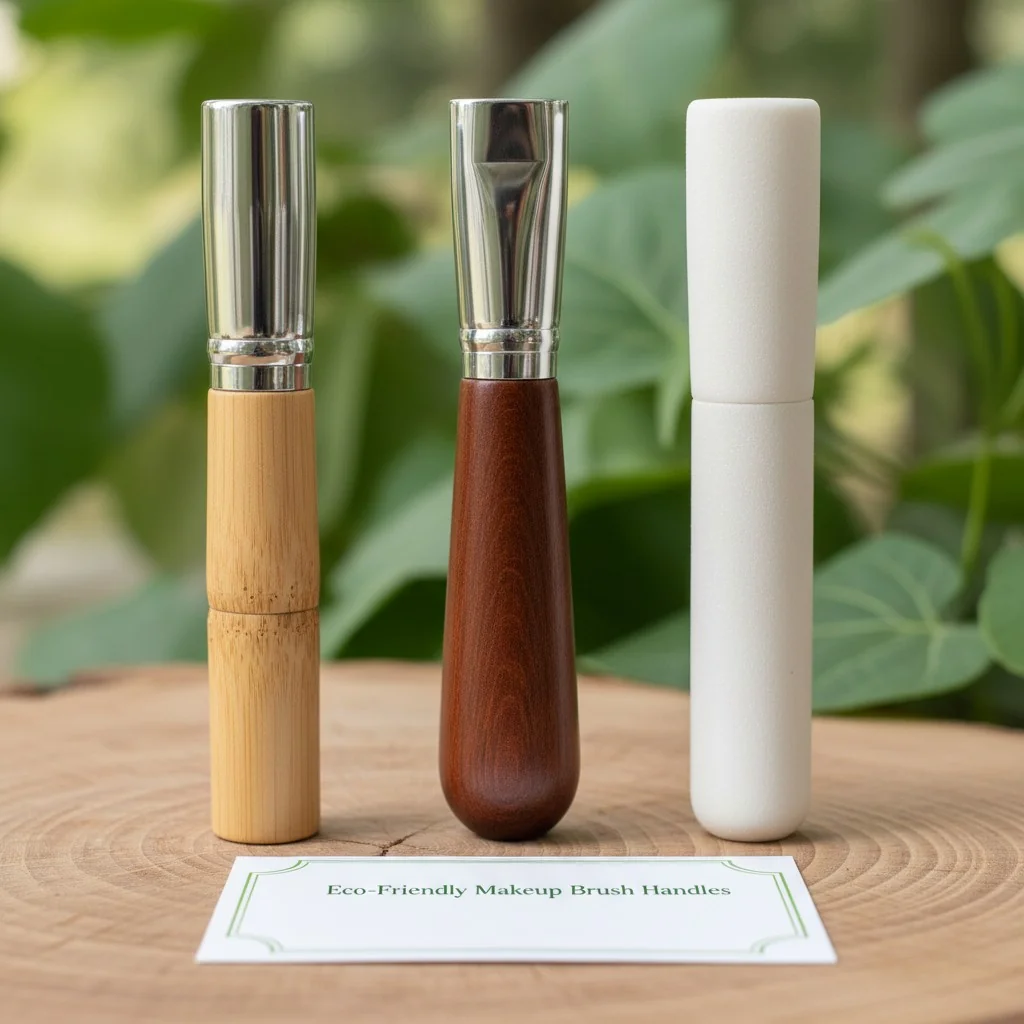
The handle is what your customer connects with physically, so its material tells a huge part of your brand story. I’ve worked with clients who built their entire brand around the warm, earthy feel of bamboo, and others who wanted the modern, clean look of PLA to match their minimalist packaging. There are no wrong answers, only trade-offs. Bamboo grows incredibly fast, making it a highly renewable resource. FSC-certified wood guarantees it comes from a responsibly managed forest. PLA, made from corn or cassava starch, is commercially compostable and offers great design flexibility. The key is to align the material with your brand. And don’t forget the finish—always specify low-VOC, water-based paints and inks to keep the entire handle assembly non-toxic and aligned with your eco-conscious message.
Material Matrix: Handles
| Material | Pros | Cons | Eco-Status |
|---|---|---|---|
| Bamboo | Fast-growing, renewable, durable, lightweight | Limited color/finish options, can vary in appearance | Highly sustainable resource |
| FSC Wood | Premium feel, durable, verifiable responsible source | More expensive, heavier than bamboo | Sustainable when FSC-certified |
| PLA Bioplastic | Design flexibility, uniform color, commercially compostable | Can feel less premium, requires industrial composting | Bio-based, renewable source |
PLA bioplastic is made from petroleum.Faux
PLA (Polylactic Acid) is a bioplastic derived from renewable resources like corn starch or sugarcane. It is not made from petroleum, which is the source of most conventional plastics.
FSC certification ensures wood is harvested legally and sustainably.Vrai
The Forest Stewardship Council (FSC) is a global organization that certifies forests to ensure their management meets strict environmental and social standards. An FSC logo on a wood product provides a credible link from the product back to a well-managed forest.
Vegan Bristles vs. Biodegradability: What Should a Buyer Know Before Specifying Fibers?
You want to offer vegan bristles, but your customers keep asking if they are biodegradable. This conflict creates marketing confusion. Let’s clear it up so you can communicate honestly and effectively.
Most high-performance vegan bristles are synthetic (e.g., PET, PBT, Nylon) and are not biodegradable. Their value lies in being 100% cruelty-free, more hygienic, and incredibly consistent for flawless makeup application. Focus on durability and recycled content to build your sustainability story.
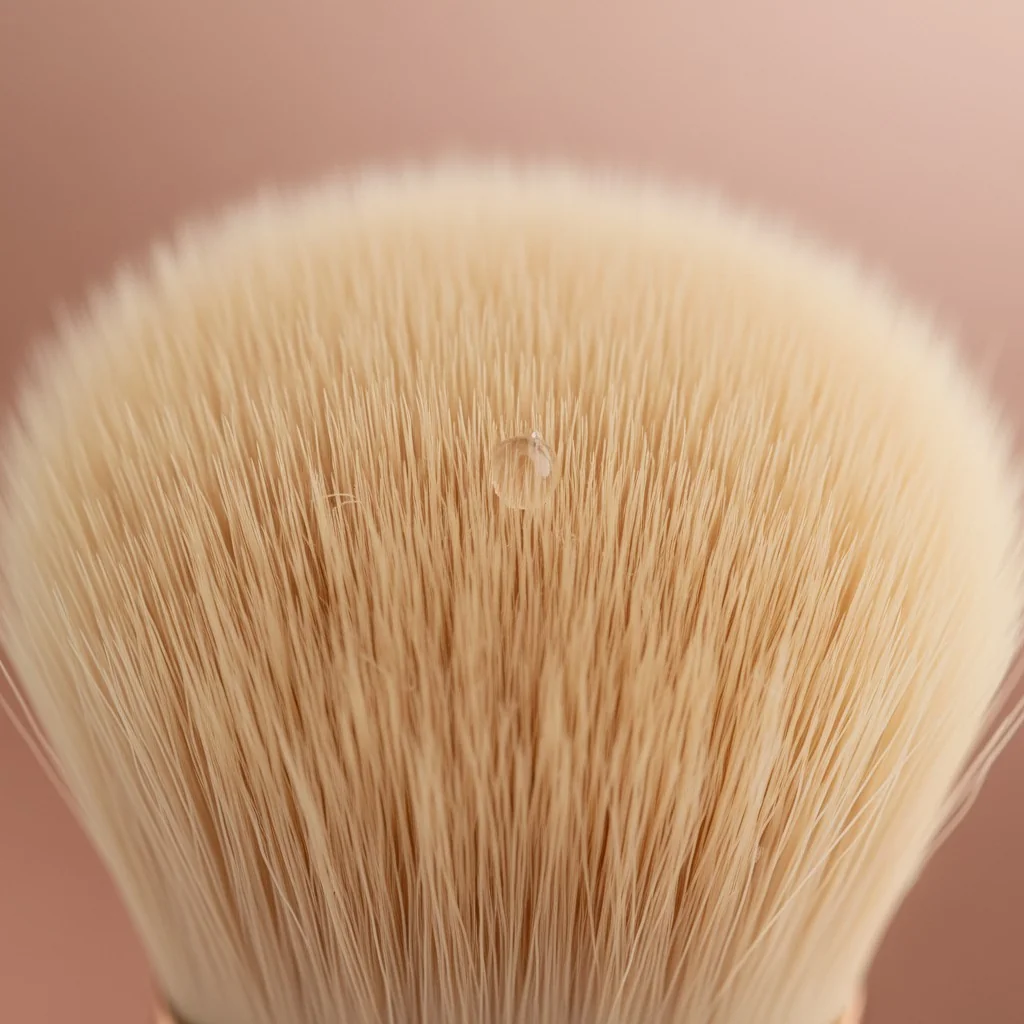
This is one of the biggest points of confusion I see with brand founders. The dream is a plant-based bristle that performs like the best synthetics and then biodegrades in your backyard compost. Unfortunately, that technology isn’t mainstream yet. The current reality is that for performance, hygiene, and ethics, synthetic fibers like Taklon are the top choice. They don’t absorb product like natural hair, are easier to clean, and are exceptionally soft and durable. So, how do you handle the sustainability question? Be honest. Your sustainability story isn’t about biodegradability—it’s about choosing cruelty-free, making a product that lasts for years to reduce waste, and using recycled content where possible. This transparency builds more trust than greenwashing ever could. Educate your customers on why you chose a durable, vegan synthetic over other options.
Plant-based bristles are a common, high-performance alternative to synthetic fibers.Faux
While there is research into plant-based fibers, they are not yet a mainstream or high-performance option for makeup brushes. The vast majority of vegan brushes use synthetic polymers like PBT or Nylon for their superior performance, consistency, and durability.
Synthetic bristles are more hygienic than natural animal hair.Vrai
Synthetic bristles are non-porous, meaning they don't trap bacteria, dead skin cells, and makeup as easily as porous animal hair. This makes them easier to clean thoroughly and generally more hygienic for cosmetic application.
Recycled Aluminum Ferrules and Compostable Packaging: How Do You Set Measurable Sustainability KPIs?
Making eco-friendly claims is easy, but proving them is hard. Without clear goals, your sustainability efforts can feel vague and ineffective. You need measurable targets to show real progress.
Set specific Key Performance Indicators (KPIs) for your supplier and write them into your contract. For example, require a minimum of 70% post-consumer recycled (PCR) aluminum in ferrules or ensure 90% of your packaging is certified compostable or made from recycled materials.
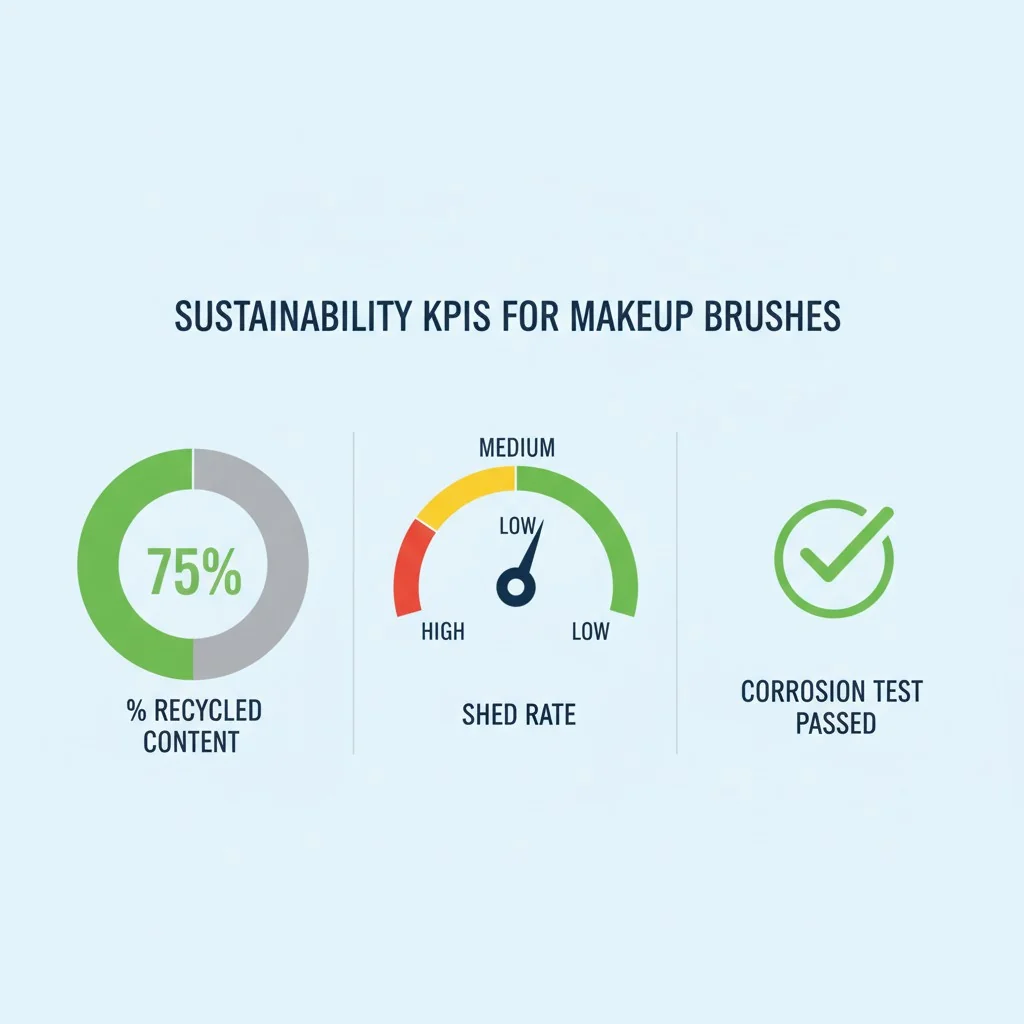
This is where you transition from simply wanting an "eco-friendly" product to professionally managing one. When I work with strategic founders like you, we don’t just talk about ideas; we define specifications. Vague requests lead to disappointing results. Instead of asking for "recycled aluminum," specify "minimum 70% PCR aluminum content, verified by a GRS certificate." Instead of "eco packaging," specify "FSC-certified paper box with soy-based ink, no plastic laminate." These are KPIs. They are non-negotiable targets that you can use to evaluate samples, approve mass production, and hold your supplier accountable. This data-driven approach eliminates greenwashing and gives you concrete, marketable facts that set your brand apart. It turns your sustainability goals into an achievable manufacturing reality.
Sustainability KPI Dashboard
| KPI Metric | Target Example | How to Verify |
|---|---|---|
| Ferrule Recycled Content | ≥70% PCR Aluminum | Global Recycled Standard (GRS) Certificate |
| Handle Renewable Content | 100% Bamboo or FSC Wood | FSC Certificate / Material Datasheet |
| Packaging Recycled Share | ≥90% Recycled Paper/Card | Supplier Attestation, FSC/PEFC Certificate |
| Bristle Shed Rate | <1% after 50 use/wash cycles | Internal QC Test Report |
| Durability (Tensile) | Ferrule-handle pull test >8 kgf | Internal QC Test Report |
Recycled aluminum is weaker than virgin aluminum.Faux
When processed correctly, recycled aluminum retains the same physical properties as virgin aluminum. It is just as strong, durable, and corrosion-resistant, making it an excellent sustainable choice for high-quality ferrules without compromising performance.
Compostable packaging can be thrown in any recycling bin.Faux
Compostable materials are designed to break down in specific industrial or home composting environments. They can contaminate the recycling stream for traditional materials like paper or plastic and should be disposed of according to local composting guidelines.
Conclusion
Finding non-toxic, eco-friendly brushes is about asking the right questions and demanding proof. Use this guide to source confidently and build a product that is safe, sustainable, and true to your brand.

